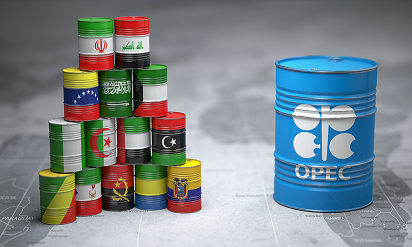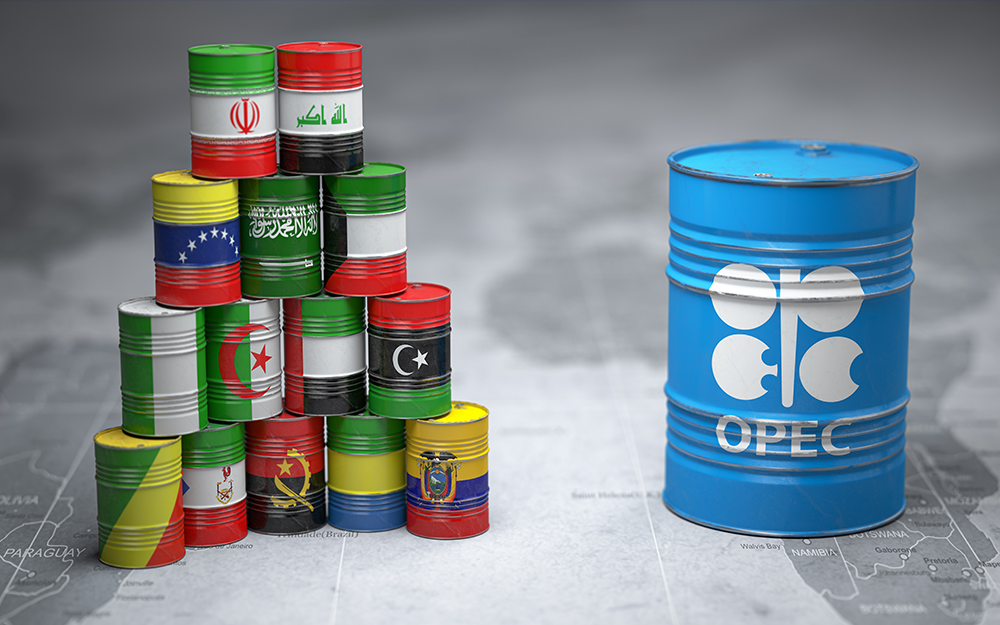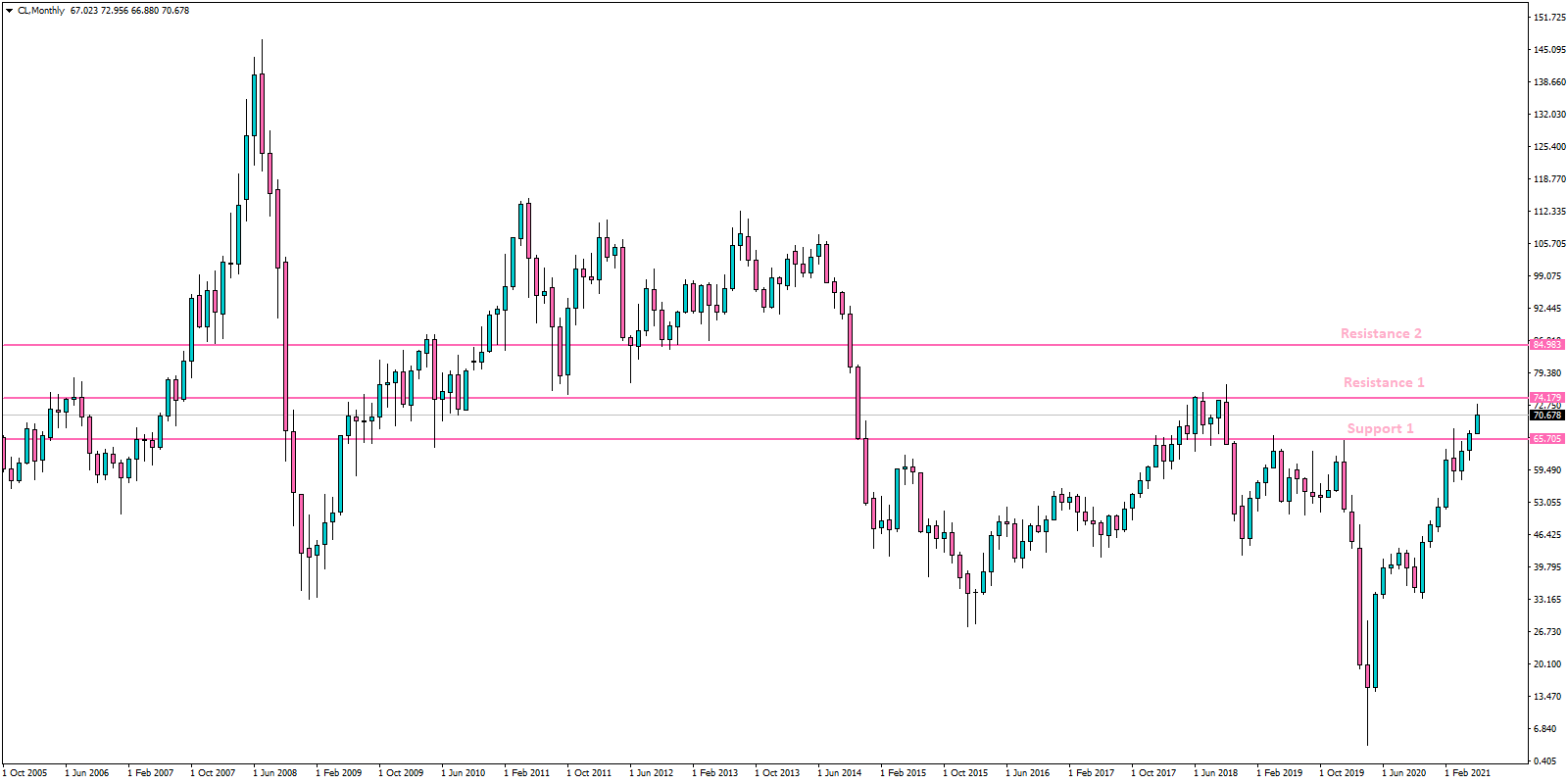WILL OIL PRICE SET FIRE TO SUMMER?

Crude oil price is a very influential factor in forex market. This is because of the multiplier effect of oil, which means oil price generally fans out in all different directions, affecting the prices of many other industries. The recent happenings in oil prices are projecting a situation that looks poised to continue the current uptrend that the market is witnessing.

While there could be many reasons for this, some of the main reasons need particular mentioning. Here are the following reasons:
1. Global Demand - As we all know, price of a product increases when its demand increases. The current demand for oil is comparatively lower because of the pandemic. However, the global demand for crude oil is slowly returning to pre-virus level because of the fast-paced vaccination program, major US cities like New York and California, and many other European cities have now reopened. The economic recovery from the effects of the pandemic is gathering pace and momentum. The demand outlook is steadily strengthening. At the same time, inflation is rising, and many commodities like copper, etc. have already touched their peak prices. This is aggravated by the inability of various industries to supply the required volume. Asian countries are also not behind. Even though at a comparatively smaller pace, the Asian nations are limping back to normalcy.
2. OPEC's Influence: OPEC perhaps is the most influential body on crude oil price. Recently, the demand for crude oil was affected by continued COVID outbreaks and uneven global vaccine availability. In light of this, the OPEC+ countries maintained their production discipline, holding all their cards. The market was also not priceresponsive on the supply side. As a result, even after OPEC's decision to increase supply, the price has not fallen down.

3. Alternative Sources: The market demand for fuel is so high that it’s already in a situation where it can easily absorb another billion barrel of oil per day. With very limited supply of oil, countries are focusing more on alternative sources. Analysts had expected Iran to play a major role in this through its commitments on nuclear energy. However, the recent nuclear negotiations with Iran did not show any result, and one cannot expect a different result from these negotiations unless US decides to lift the sanctions against Iran. Unless there is clarity on Iran issue, OPEC+ members will not be keen on increasing their supplies.
Similarly, experts are not seeing much chance for US shale producers to return to business in near future. All these are contributing factors to oil price hike in near future.
US crude inventories are continuing to drop since March 2020. Such a drop in the US crude stockpiles is pushing Brent and WTI to new high levels. This is another contributing factor to the expectation that there will be limited supply of oil in the coming summer season.
Even though OPEC+ member states have announced their decision to increase the production, it will take at least mid of 2022 before they can bring their output to the pre-pandemic level. This is because the recovery is not going to be even among different regions and across different sectors and products. That means, until then the price of crude oil will rise. That is the reason why many analysts are forecasting a strong possibility of crude oil price reaching $100 once again by the end of 2021.
Let us take a look at the crude oil chart given below:

As you can see, the chart is showing a steady upward trend. Even though US dollar gained some strength this week, following the June FOMC meeting, crude oil has managed to maintain its upward trajectory. The price went up following Fed’s opinion of economic recovery supported by a revision of GDP forecast to 7.0% from the previously forecasted figure in March of 6.5%.
With the overall trend remaining bullish, one can expect the oil market coming out of the doldrums created by the corona pandemic and the price hitting the $78 mark in the coming days.
The demand for crude oil initiated by global economic recovery will not ease off unless the central banks decide to tighten their monetary policies to check an increase in inflation.
In conclusion, the global oil market will continue to have a sizable deficit for the next 4 to 6 months, which is price supportive. Thus, in all angles, oil price seems to be bullish and we should see a continuation of the current uptrend until mid-2022.


 EN
EN  AR
AR JA
JA


